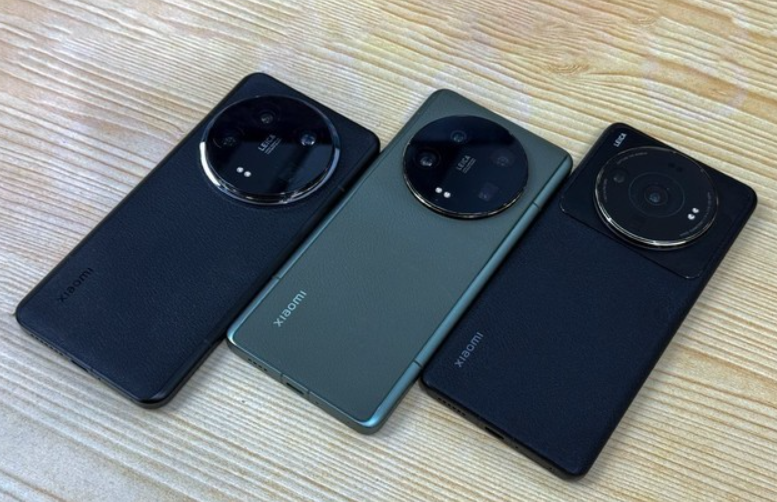Xiaomi’s Ultra series has always played the role of the explorer of Xiaomi’s cutting-edge imaging technology, since the establishment of a solid strategic partnership with the internationally renowned optical giant Leica, this series of mobile phones with Leica’s professional optical accumulation and Xiaomi’s own scientific and technological innovation in-depth combination, constantly refresh the boundaries of smartphone photography.
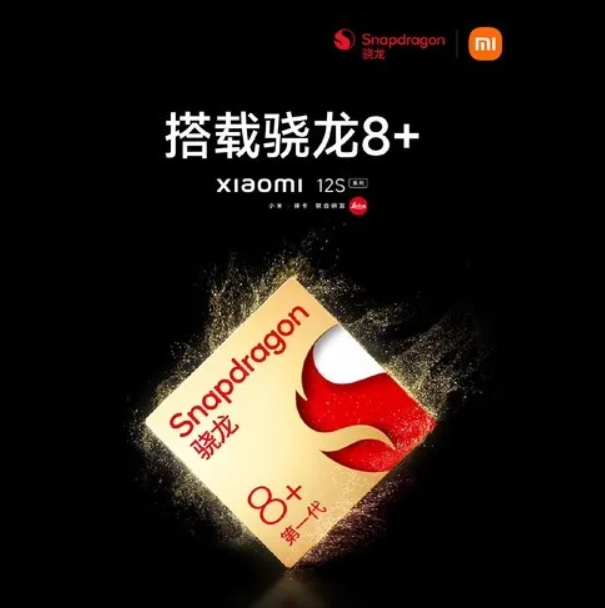
Today, although the Xiaomi 14 Ultra has encountered some criticism during the marketing period, its internal product strength has still been widely recognized. Now, let’s focus on the Xiaomi 12S Ultra, 13 Ultra and the latest 14 Ultra these three generations of flagships, and see how they have been iterated and upgraded in configuration over the past three years?
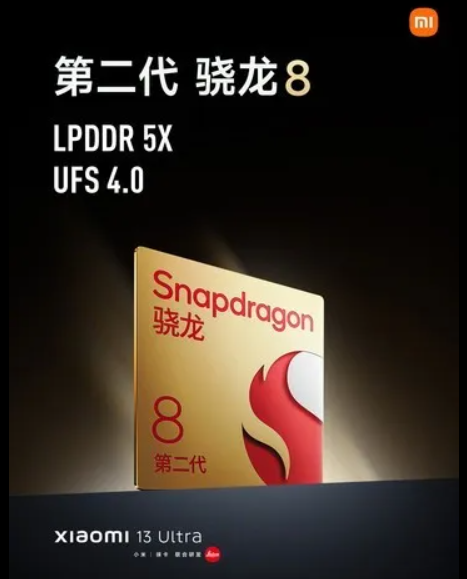
1 Third generation flagship configuration parameters
First of all, in accordance with the practice, we will first organize the core parameters of these three models into a table for everyone to compare.
2 Upgrade points
Processor:
In terms of processors, Xiaomi’s 12S Ultra, 13 Ultra, and 14 Ultra three generations all adopt the latest flagship SoC of the release node, which on the one hand ensures the fluency of Ultra models in daily use, and on the other hand, the powerful ISP and AI engine of the flagship SoC can enhance the upper limit of mobile phone image capabilities.
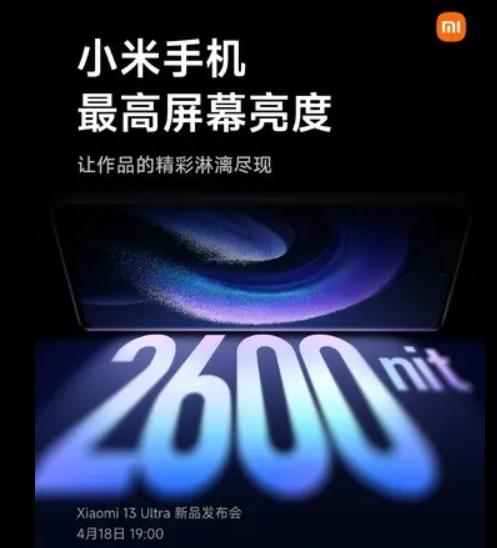
Specifically, the Xiaomi 12S Ultra is equipped with the Qualcomm Snapdragon 8 Gen1+ at that time, its powerful CPU and GPU performance ensures smooth daily operation, and the advanced image signal processor (ISP) provides real-time and efficient image processing support for the mobile phone’s multi-camera system. Especially in the night scene shooting, HDR synthesis, high-speed continuous shooting and other complex scenes, to ensure the image quality and imaging speed to reach the first-class level.
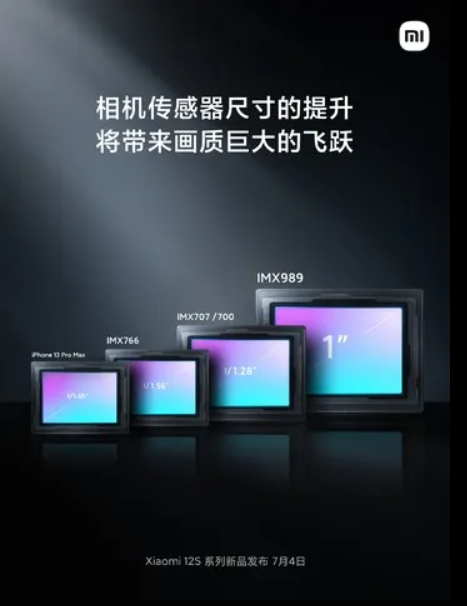
On this basis, the Mi 13 Ultra has been upgraded to the new generation of Snapdragon 8 Gen2, and the performance and energy efficiency ratio have jumped again, especially the significant enhancement in AI performance, which is crucial for the smart image function of the phone, such as automatic scene recognition, object tracking, super night scene algorithm and other aspects have been more accurate and rapid support.
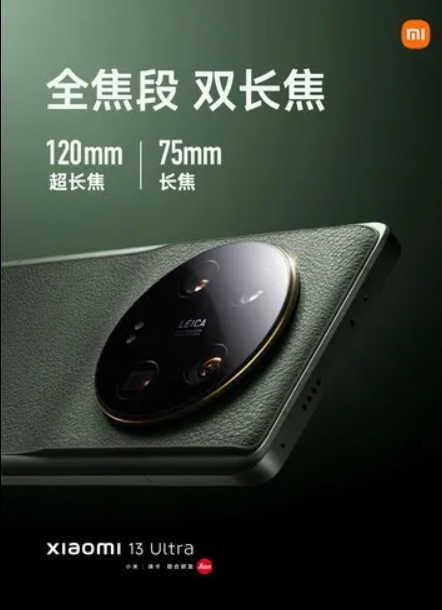
As a recently released product, the Mi 14 Ultra naturally adopts the third-generation Snapdragon 8 mobile platform, which not only continues to lead in overall performance, but also is deeply optimized for imaging technology. Its ISP capabilities have been significantly upgraded to support higher dynamic range and more delicate color reproduction, and with Leica’s professional image tuning, the professionalism and artistry of mobile photography has reached new heights. At the same time, the more powerful processor also makes the Mi 14 Ultra in the face of future higher-level video applications and AR/VR interactive experience, with stronger carrying capacity and forward-looking.
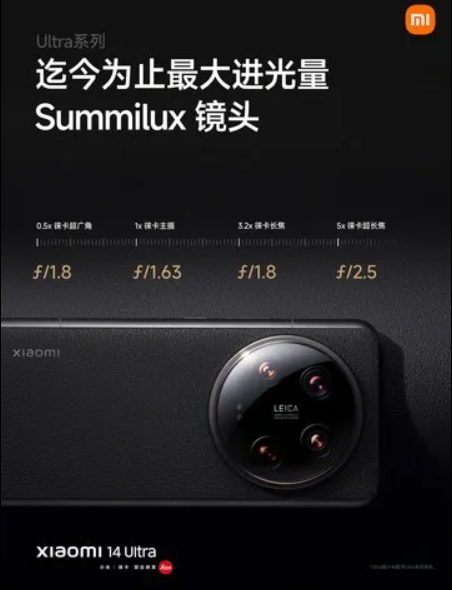
Screen:
Mi 12S Ultra selected the industry’s top Samsung E5 material 2K resolution screen, although the resolution and delicacy show a high-end level, but in terms of color presentation can not fully meet the requirements of professionals and demanding users, especially in the color accuracy, color gamut coverage and brightness adjustment of the dynamic range is slightly insufficient. This makes the screen look and feel considered to have room for improvement even with its superior hardware base.
Turning to the Xiaomi 13 Ultra stage, the adoption of the C7 material screen is designed to improve the overall visual experience, which is indeed an improvement compared to the Xiaomi 12S Ultra, but the screen has a slight red tendency and the manual peak brightness is only 500nit, which is a mobile phone positioned at the image flagship level. This screen performance is not extreme enough to fully play the “Ultra” level should be elegant.
In the newly launched Mi 14 Ultra, Xiaomi has clearly learned from the experience of the previous generation of products, and has deeply optimized the screen configuration. The C8 luminous material screen provided by Huaxing, while maintaining high resolution, focuses on improving key indicators such as color management, brightness performance and dynamic refresh rate, and strives to achieve more accurate color reproduction, higher brightness peaks and a smoother visual experience, so as to truly fit the “Ultra” label represents the top image flagship identity. Under the improvement of many technical details, the screen display effect of the Xiaomi 14 Ultra has undoubtedly reached a new level.
Image system:
Image as the core advantage and selling point of the Xiaomi Ultra series, the progress of these three generations of products is obvious to all, specifically, the Xiaomi 12S Ultra not only launched a one-inch sensor, but also cooperated with Leica to improve the image algorithm. In addition, the Leica watermark and Leica filter of the whole network have also left a deep impression on users, which can be said to be the most successful product of millet in recent years.
On the Mi 13 Ultra, Xiaomi continues to use the top IMX989 as the main camera sensor, while targeted to solve the two shortcomings of the Mi 12S Ultra in the lens configuration: one is the lack of continuous focal segment coverage between the main camera and telephoto, and the other is that the telephoto lens can not be shot in macro. To this end, on the Mi 13 Ultra, the design team cleverly embedded a mid-focus lens with an equivalent focal length of 75mm between the original 23mm wide-angle main lens and 120mm telephoto telephoto lens, effectively filling the gap in the transition focus segment, and thereby improving the phone’s ability to capture details and the comprehensibility of the application scene during mid-range shooting. At the same time, the telephoto lens of the Mi 13 Ultra began to support macro shooting, so as to meet users’ needs for a variety of shooting distances and subjects.
When it comes to the Mi 14 Ultra, the image improvement is very limited. In addition to changing the main camera from the 40nm IMX989 to the new 1-inch sensor LYT-900, only the aperture size of the four lenses has been improved, and there is no critical improvement.
In general, from the Mi 12S Ultra to the Mi 14 Ultra, Xiaomi’s progress in the image system is manifested in multiple dimensions, from the upgrade of the sensor hardware, to the improvement of the lens configuration, to the cooperation with Leica to deepen the image algorithm, each generation of Ultra products are constantly challenging and refreshing the boundaries of mobile phone photography. Demonstrate Xiaomi’s deep understanding and ingenuity of imaging technology. Although the Mi 14 Ultra is slightly conservative in its hardware innovation highlights, it still maintains a strong competitiveness on the video circuit by optimizing the integration of existing resources.
3 Write at the end
In summary, from Mi 12S Ultra to Mi 14 Ultra, although there are differences in the strength of each generation of products in some upgrade links, but the overall strategy, Xiaomi has always been unstintingly invested in the improvement of core configuration and image performance optimization, through the active introduction and independent research and development, constantly impact and break the technical ceiling of the mobile phone industry. In this process, Xiaomi not only iteratively upgraded in terms of processor performance, screen display technology, image system, etc., but also improved the user experience in multiple dimensions such as battery life, storage configuration, and operating system optimization.
Although in the process of marketing, millet’s new products occasionally encounter criticism, such as some innovative highlights do not meet the high expectations of consumers, or some marketing methods fail to be recognized by the market, but this kind of challenge precisely reflects millet’s determination to face the market feedback and climb the technological peak. The advent of each new generation of Xiaomi Ultra series is not only an improvement and perfection of the shortcomings of the previous generation of products, but also a solid step taken by the brand on the road of technology research and development and product innovation.










